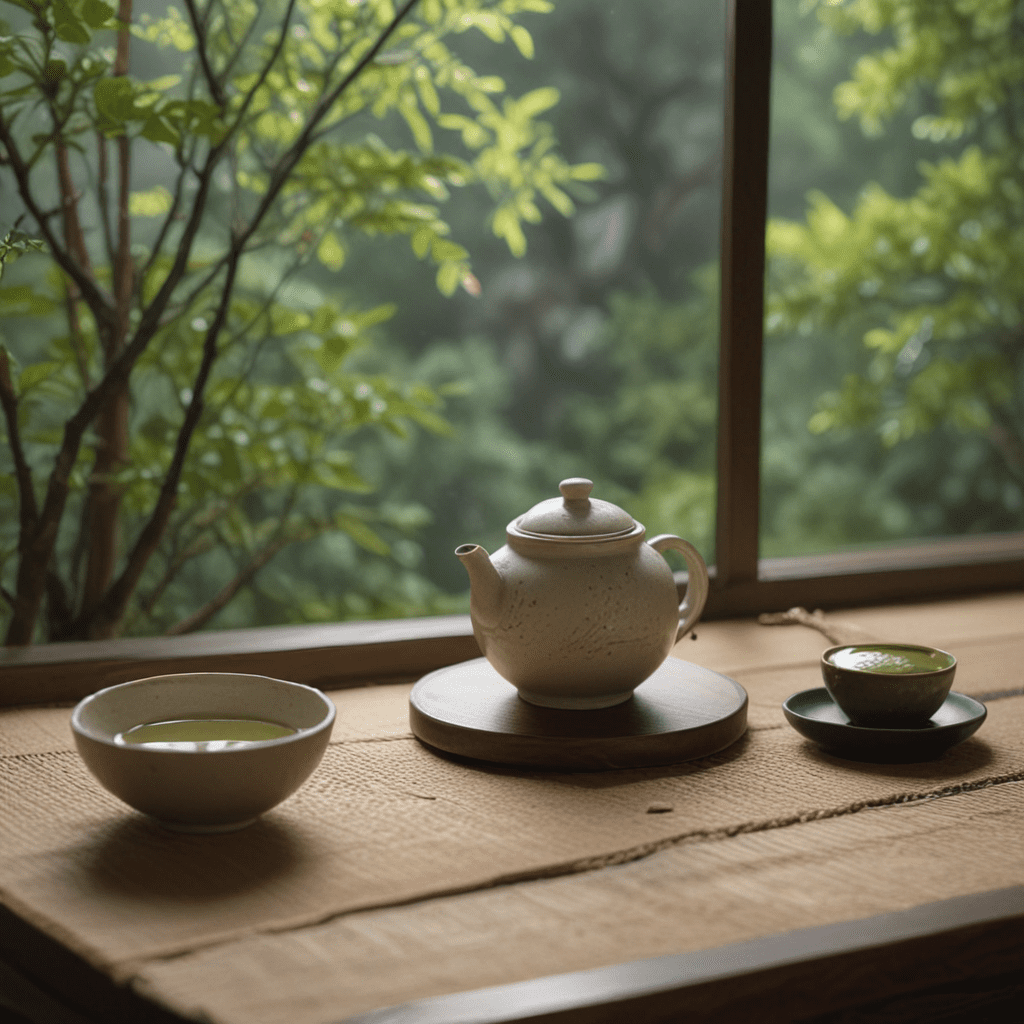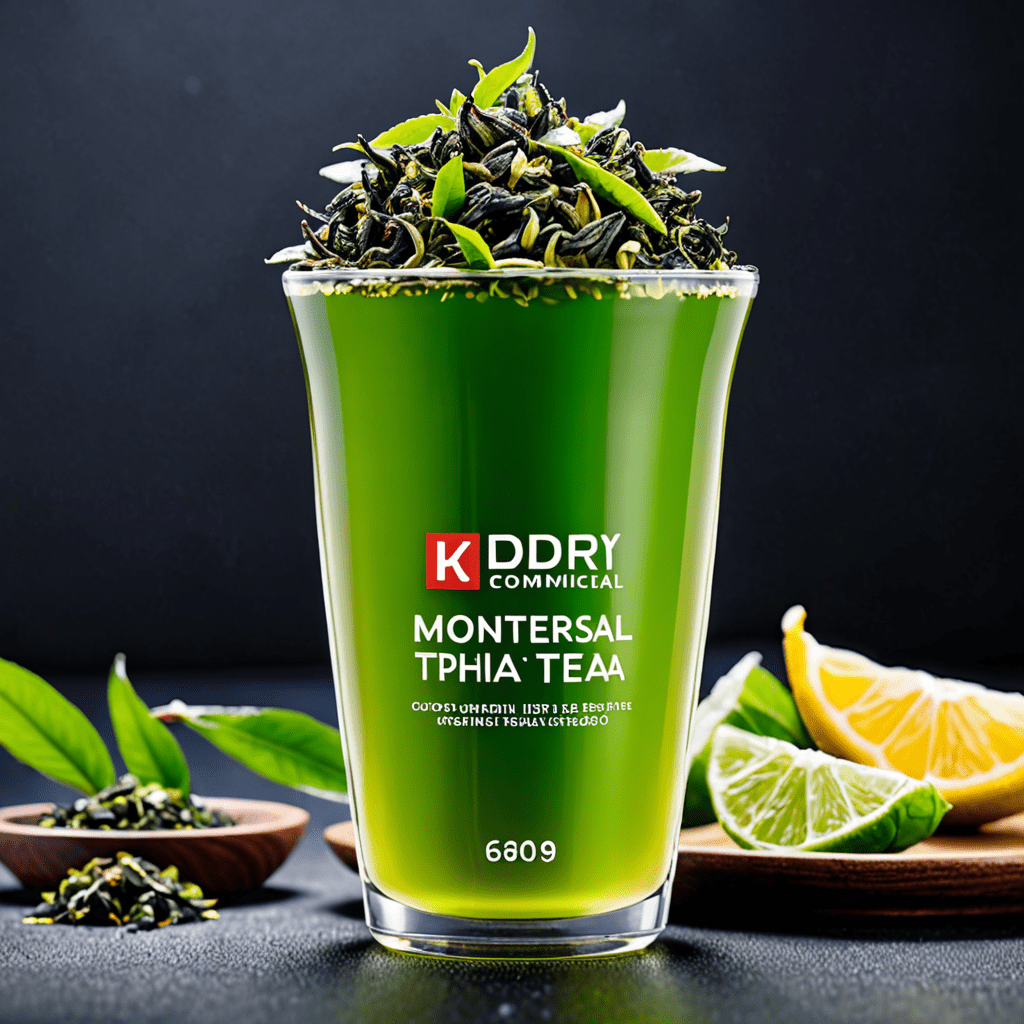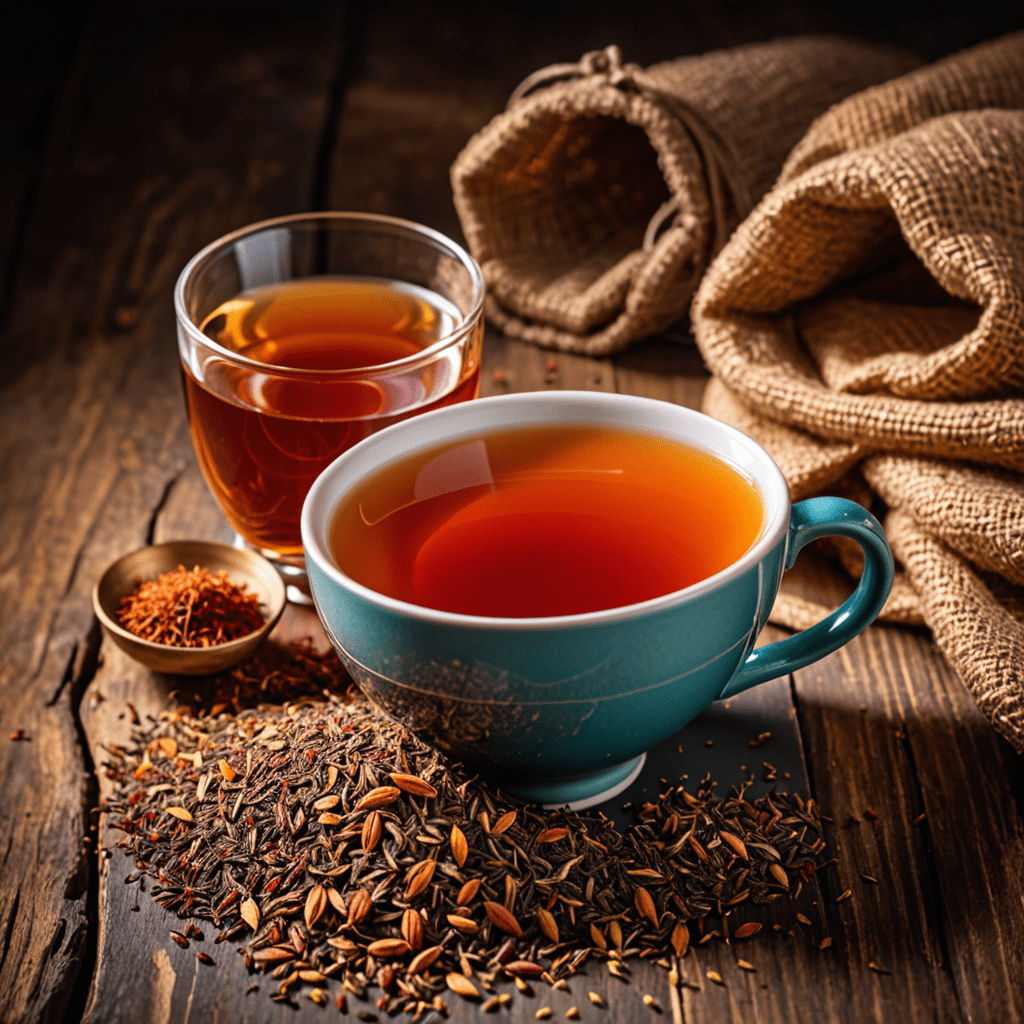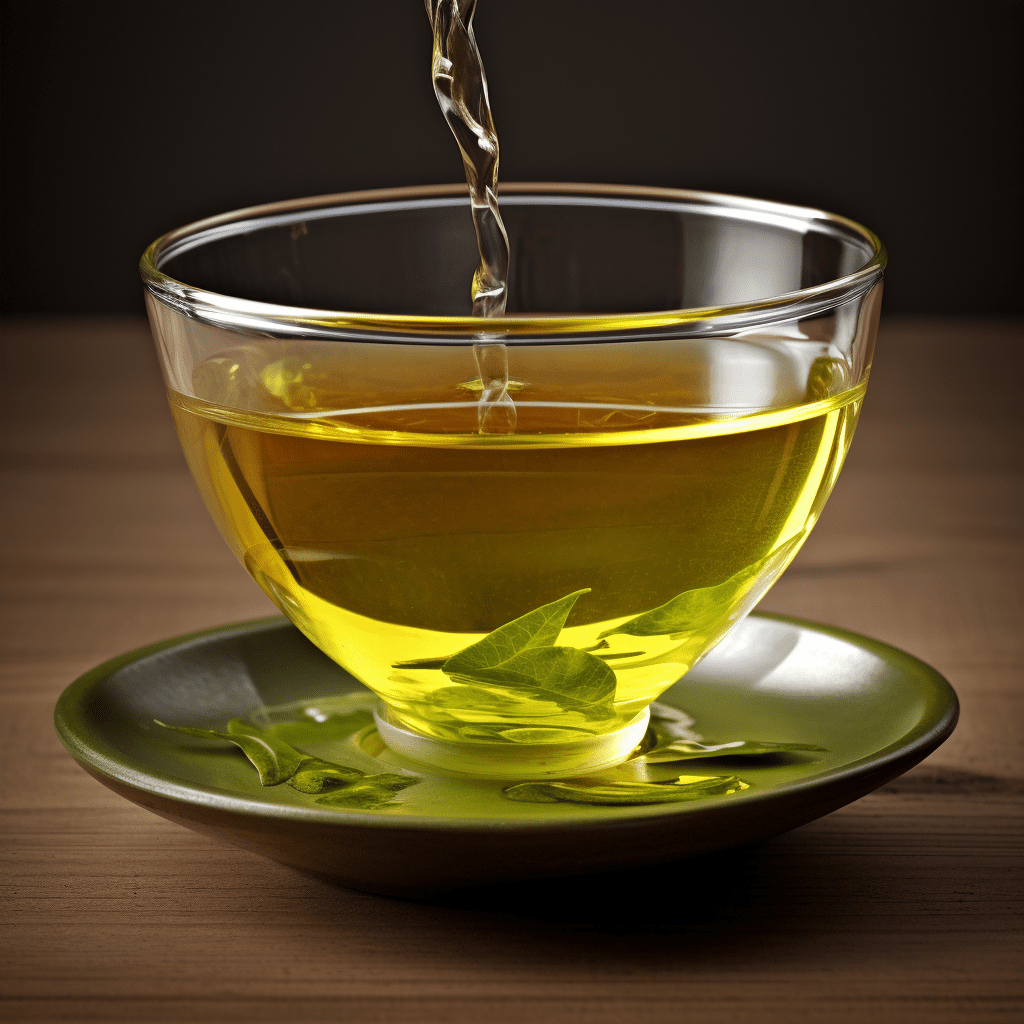Introduction
Mindfulness has gained increasing attention in recent times as individuals seek ways to cultivate well-being and reduce stress in the fast-paced modern lifestyle. The Japanese tea ceremony, an ancient tradition steeped in ritual and symbolism, offers a unique gateway into mindfulness. Its emphasis on presence, attention to detail, and appreciation can enhance our capacity for mindful living beyond the ritual itself.
The Importance of Mindfulness in Modern Life
Mindfulness involves intentionally directing attention to the present moment without judgment. Amidst the constant demands of daily life, it is easy to become distracted, stressed, and overwhelmed. Cultivating mindfulness can promote a sense of calm amidst chaos, improve focus and clarity, and foster emotional resilience and well-being.
The Japanese Tea Ceremony as a Path to Mindfulness
The Japanese tea ceremony, known as Chado or Chanoyu, has been practiced in Japan for centuries. It is an intricate ritual involving the preparation and presentation of powdered matcha tea. Its essence, however, lies beyond mere tea-drinking: it is an embodiment of mindful living, a way to cultivate presence, harmony, respect, and gratitude amidst daily life.
The Four Principles of the Tea Ceremony
The tea ceremony is guided by four core principles: wa (harmony), kei (respect), sei (purity), and jaku (tranquility). These principles permeate the entire ritual, creating an environment that fosters mindfulness:
- Harmony (wa) is the cornerstone, encompassing balance and tranquility in the physical space, social interactions, and inner state of participants.
- Respect (kei) extends not only to guests, host, and tea implements, but also to oneself. It cultivates an attitude of gratitude and care.
- Purity (sei) emphasizes creating a clean and serene space, both externally through cleanliness, and internally through a pure and present heart.
- Tranquility (jaku) is the essence of the tea ceremony, a state of calmness, stillness, and freedom from disturbance, conducive to deep introspection and mindful connection to the present.
The Role of Intention, Preparation, and Gratitude
Each step of the tea ceremony, from the careful preparation of the tea room to the meticulously coordinated movements of the host, is infused with intention and purpose. This deliberate approach fosters mindfulness by bringing participants' attention to the present moment and the specific task at hand. Gratitude is also woven into the ritual, as participants express appreciation for the tea, the host's hospitality, and the opportunity to share a special moment together.
The Senses and Mindfulness in the Tea Ceremony
The tea ceremony engages all five senses, providing a rich and immersive experience that promotes mindfulness. The visual beauty of the tea utensils, the delicate aroma of the tea, the tactile sensations of the tea bowl and the whisk, the subtle sounds of the tea being prepared, and the taste of the tea itself all contribute to a multisensory experience that anchors participants in the present moment. By attuning to these sensory details, one cultivates a heightened awareness and appreciation of the world around them.
The Importance of Presence and Non-Judgment
The tea ceremony emphasizes the importance of being present and non-judgmental. Participants are encouraged to let go of distractions and expectations, and to simply focus on the task at hand. This practice of non-judgment extends beyond the tea ceremony itself, encouraging participants to approach daily life with greater acceptance and compassion. By cultivating presence and non-judgment, one can reduce stress, improve decision-making, and foster a more fulfilling and meaningful existence.
The Benefits of Incorporating Mindfulness into the Tea Ceremony
Incorporating mindfulness into the tea ceremony offers numerous physical, mental, and emotional benefits. Regular practice can lead to reduced stress and anxiety, improved focus and concentration, increased empathy and compassion, and a greater sense of peace and well-being. By embracing the principles of mindfulness in the tea ceremony, one can cultivate a more mindful and fulfilling lifestyle beyond the ritual itself.
Enhancing Mindfulness Through Daily Practice
The principles and practices of the tea ceremony can be extended to daily life to enhance mindfulness and well-being. Simple practices such as paying attention to the breath, engaging in mindful walking, or savoring a cup of tea with full attention can all help to cultivate a more mindful approach to life. By incorporating these practices into daily routines, one can gradually develop a mindset of mindfulness that permeates all aspects of life.
Conclusion
The Japanese tea ceremony offers a unique and profound path to cultivating mindfulness in modern life. Its emphasis on intention, preparation, gratitude, sensory awareness, presence, and non-judgment can help us to live more mindful and fulfilling lives. By incorporating these principles into our daily routines, we can cultivate a greater sense of calm, clarity, and well-being, and experience the transformative power of mindfulness in all that we do.
Frequently Asked Questions (FAQs)
Q: What is the history of the Japanese tea ceremony?
A: The tea ceremony, known as Chado or Chanoyu, originated in China during the Tang Dynasty but was refined and developed in Japan over centuries, becoming an integral part of Japanese culture.
Q: What are the different types of tea used in the tea ceremony?
A: The tea ceremony primarily uses matcha, a finely ground green tea powder, which is whisked with hot water to create a frothy beverage. Occasionally, other types of tea, such as sencha or gyokuro, may also be used.
Q: Is the tea ceremony a religious ritual?
A: While the tea ceremony has spiritual elements and is influenced by Zen Buddhism, it is not considered a religious ritual in the strict sense. It is a practice that cultivates mindfulness, harmony, and respect, and is open to people of all faiths and backgrounds.
Q: Can I participate in a tea ceremony if I have no experience?
A: Yes, many tea ceremony practitioners welcome beginners and offer introductory experiences. It is advisable to approach participation with an open mind and a willingness to learn.
Q: What is the etiquette for attending a tea ceremony?
A: The tea ceremony has specific etiquette guidelines, which include removing shoes, bowing respectfully, and following the designated seating arrangements. It is important to respect the traditions and customs of the tea ceremony to ensure a harmonious and enjoyable experience.



